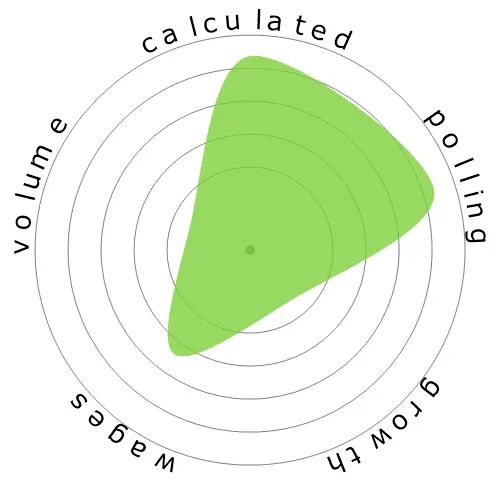Conservation Scientists




People also viewed
Calculated automation risk
Minimal Risk (0-20%): Occupations in this category have a low probability of being automated, as they typically demand complex problem-solving, creativity, strong interpersonal skills, and a high degree of manual dexterity. These jobs often involve intricate hand movements and precise coordination, making it difficult for machines to replicate the required tasks.
More information on what this score is, and how it is calculated is available here.
User poll
Our visitors have voted there's a low chance this occupation will be automated. This assessment is further supported by the calculated automation risk level, which estimates 14% chance of automation.
What do you think the risk of automation is?
What is the likelihood that Conservation Scientists will be replaced by robots or artificial intelligence within the next 20 years?
Sentiment
The following graph is included wherever there is a substantial amount of votes to render meaningful data. These visual representations display user poll results over time, providing a significant indication of sentiment trends.
Sentiment over time (yearly)
Growth
The number of 'Conservation Scientists' job openings is expected to rise 5.6% by 2033
Total employment, and estimated job openings
Updated projections are due 09-2025.
Wages
In 2023, the median annual wage for 'Conservation Scientists' was $68,750, or $33 per hour
'Conservation Scientists' were paid 43.1% higher than the national median wage, which stood at $48,060
Wages over time
Volume
As of 2023 there were 22,790 people employed as 'Conservation Scientists' within the United States.
This represents around < 0.001% of the employed workforce across the country
Put another way, around 1 in 6 thousand people are employed as 'Conservation Scientists'.
Job description
Manage, improve, and protect natural resources to maximize their use without damaging the environment. May conduct soil surveys and develop plans to eliminate soil erosion or to protect rangelands. May instruct farmers, agricultural production managers, or ranchers in best ways to use crop rotation, contour plowing, or terracing to conserve soil and water; in the number and kind of livestock and forage plants best suited to particular ranges; and in range and farm improvements, such as fencing and reservoirs for stock watering.
SOC Code: 19-1031.00


Comments
Leave a reply about this occupation